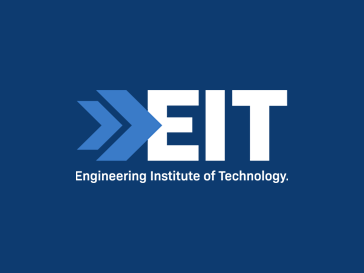Memristor is a word that you are likely to hear more of in the next couple of years. The burgeoning world of the IoT (Internet of Things) is driving the need for wireless connectivity and synchronisation across devices.
Its name is a hybrid of memory and resistor – and its function is just that.
This particular type of electrical component, found in circuits, is able to keep track of the amount of charge that previously flowed through it. Importantly, they are non-volatile, which means they can retain this memory without a constant power source.
So why does it matter? Memristor technology is being harnessed in the rapidly expanding industry of wearables; from smartwatches and fitness bands to the less widespread smart fabrics and smart glasses.
The wearable devices market has a mammoth expected compound annual growth rate (CAGR) of 69.35% during 2017-2021. Companies such as HP, Intel, Micron and Samsung are pioneers of this investment and development.
The efficiency of the memristor, compared to other electrical networks, was put to the test recently at the University of Michigan. Wei Lu, Professor of Electrical Engineering and Computer Science, is on a mission to create a computer that thinks like a human. The main challenge – ensuring the processors perform logic activities at the same time as memory-based activities.
Enter the memristor - it can do both simultaneously. Lu’s network, known as a reservoir computing system, mimics a neural network in the brain with its own version of neurons and synapses.
Until now, training these networks has been the difficult part, with the process often taking days or months and being incredibly expensive. Information is entered into the systems in the form of questions and answers, they are then programmed to produce the correct answer and slowly minimise error rate.
When memristors are involved much of this training becomes obsolete - the reservoir component is included and doesn’t need to be trained at all. Bypassing the training stage will save significant time and money.
To put it to the test Lu and his team used memristors to identify handwritten versions of numerals. The reservoir systems demonstrated an impressive 91% accuracy rate after minimal training. Lu hopes to develop this technology for use in speech recognition and prediction.
Memristors are being further refined and developed as we speak; it may not be long before they are found on our wrists, embedded in our clothes and even in bedsheets.
Sources:
http://whatis.techtarget.com/definition/memristor
https://www.businesswire.com/news/home/20171229005094/en/Global-Memristor-Devices-Market---Analysis-Trends
https://www.sciencedaily.com/releases/2017/12/171222090313.htm
https://www.researchandmarkets.com/research/h7wdgw/global_memristor
